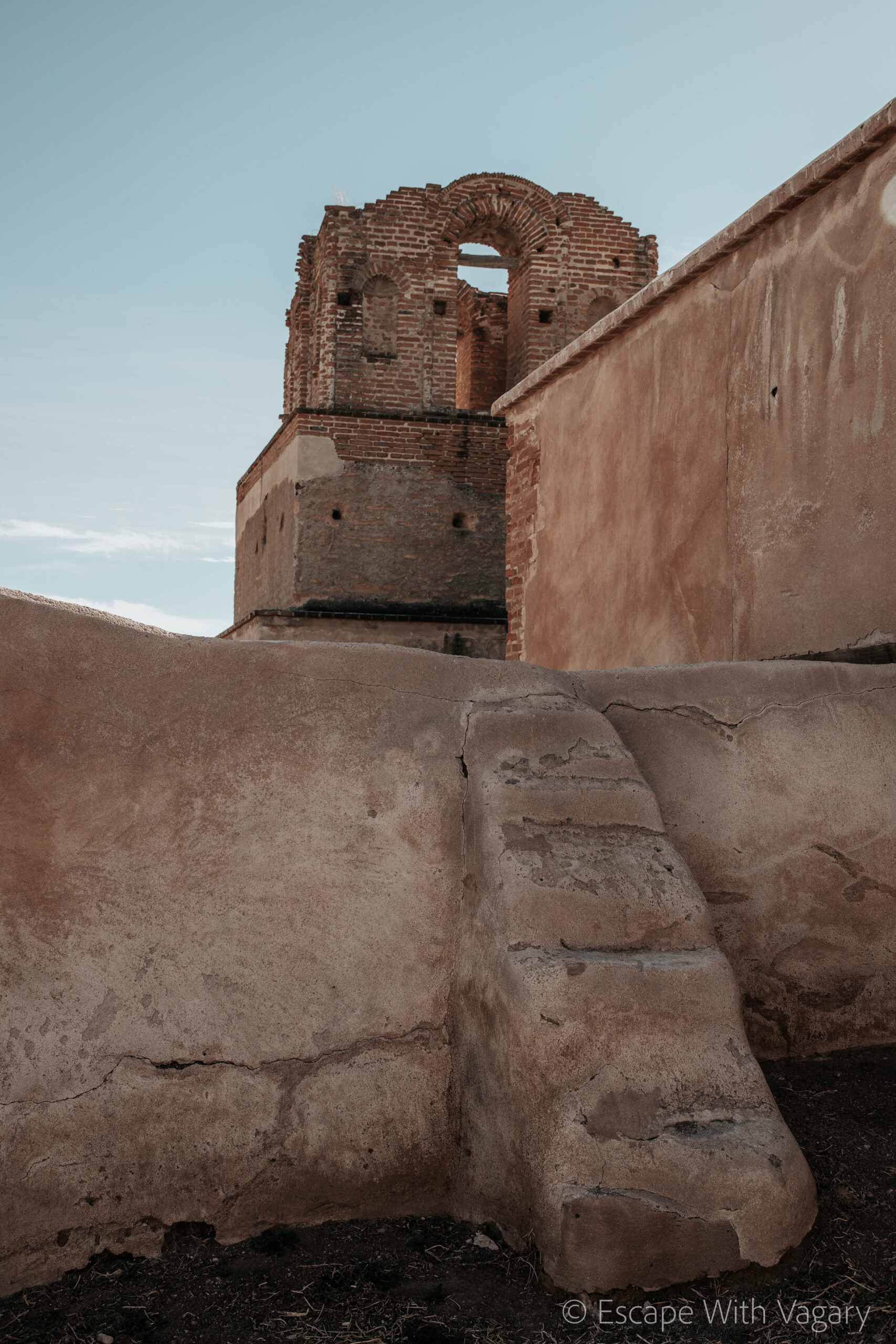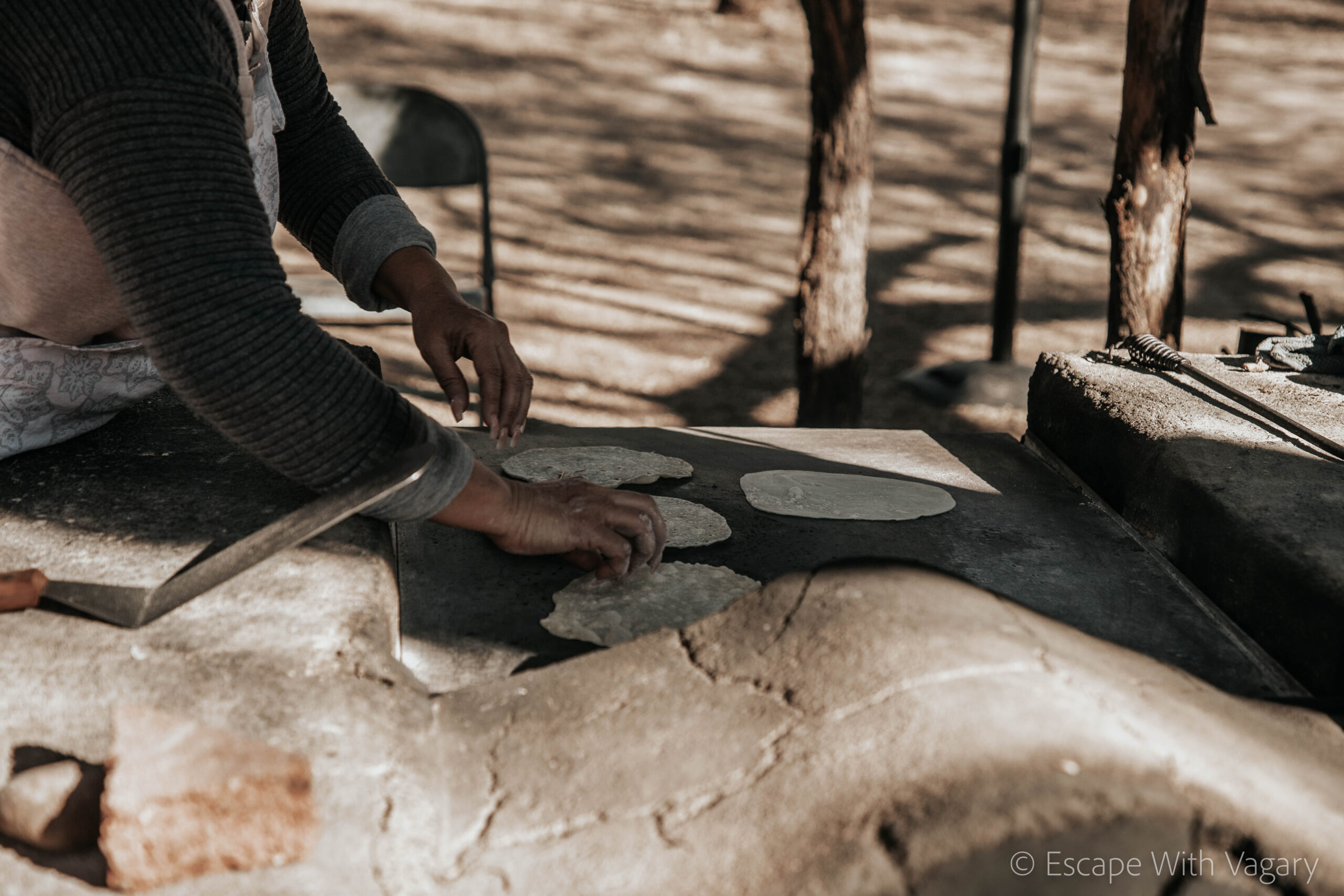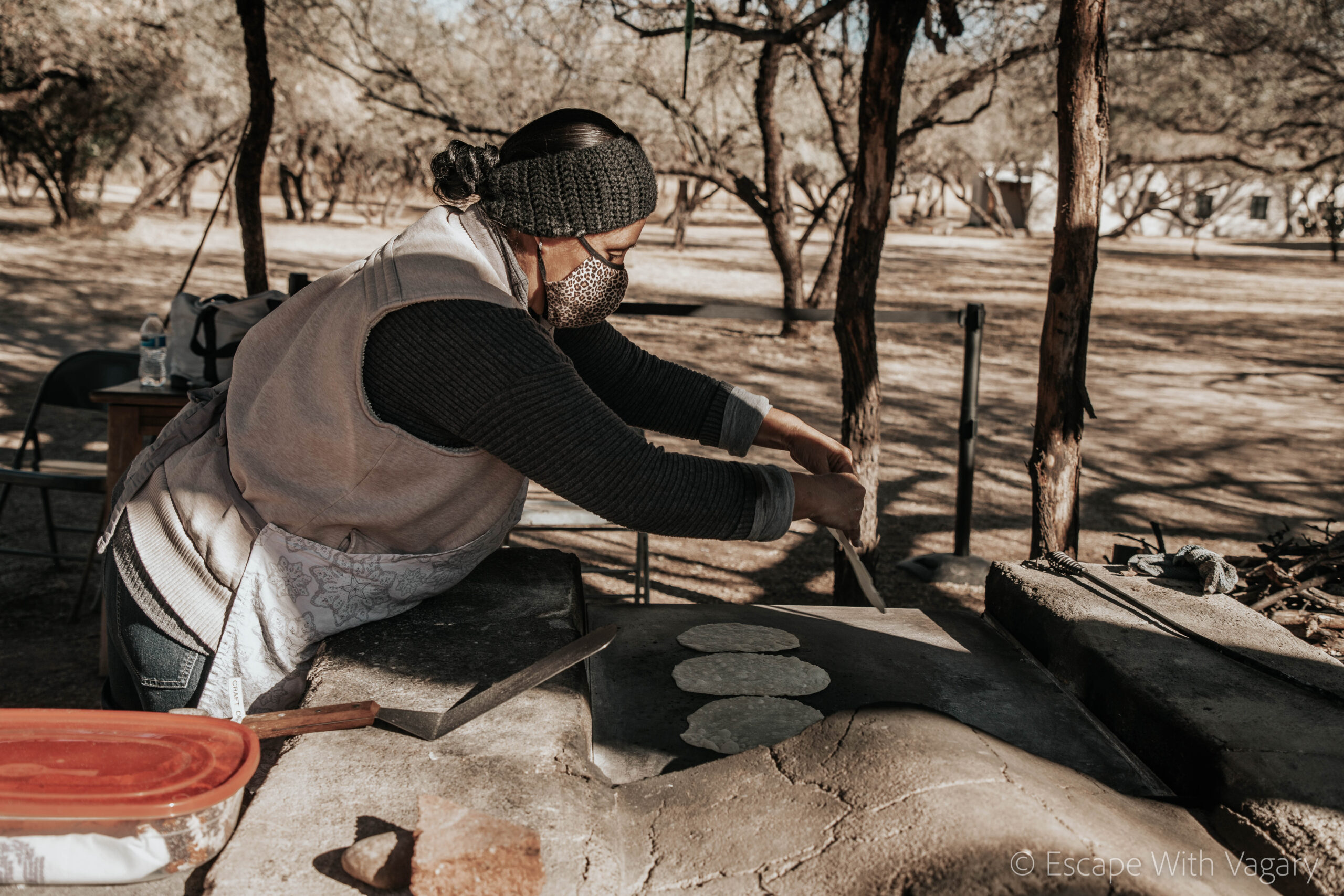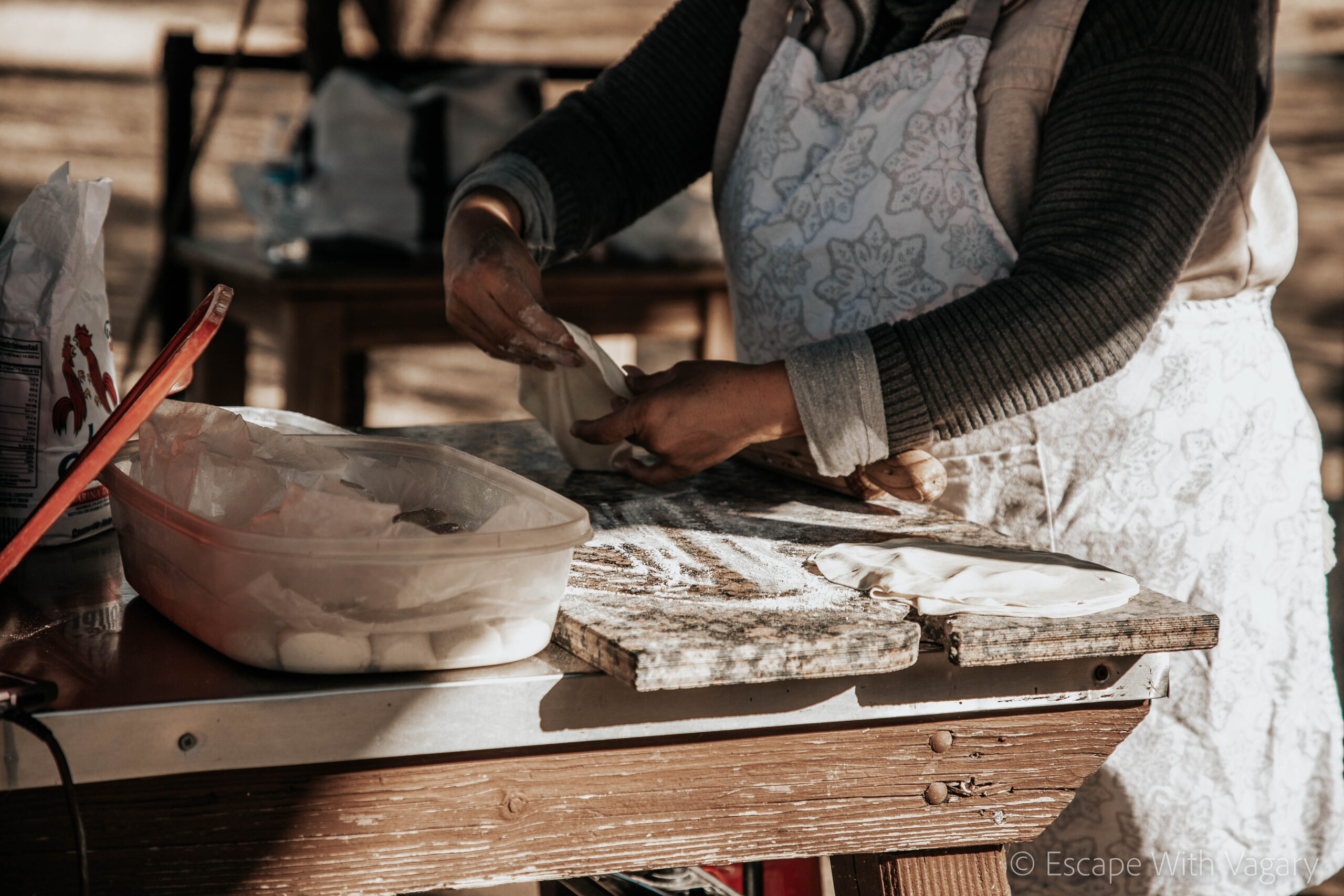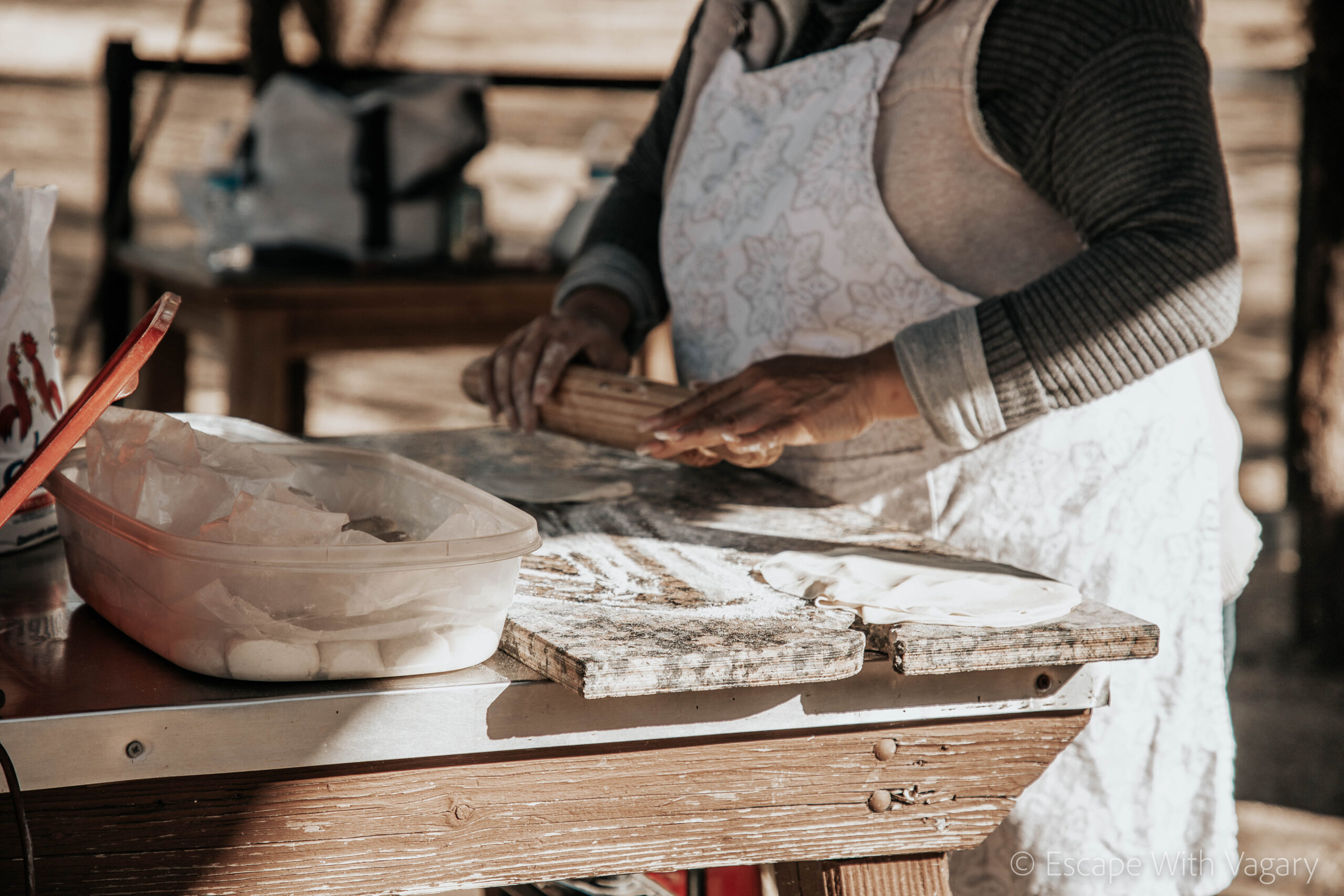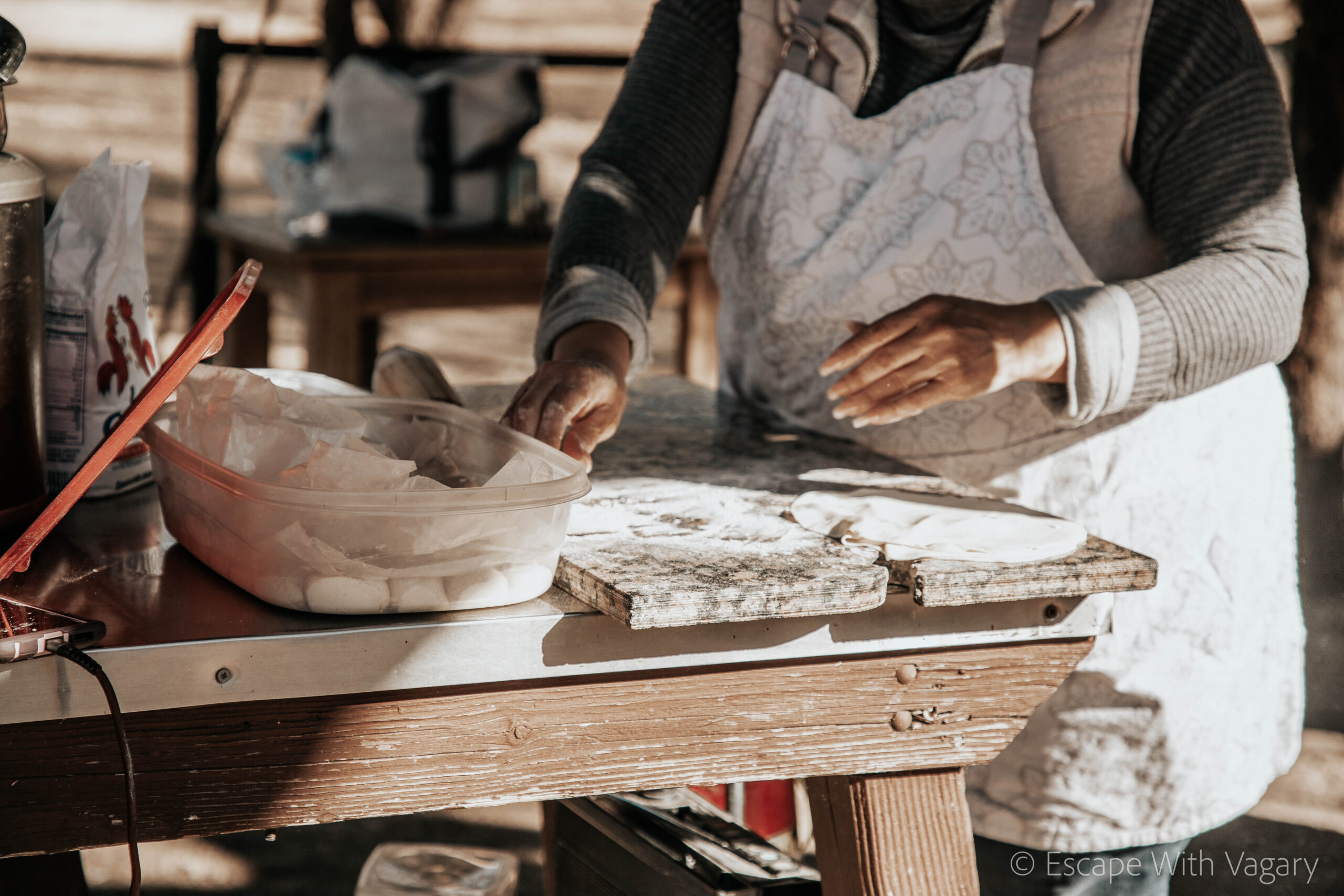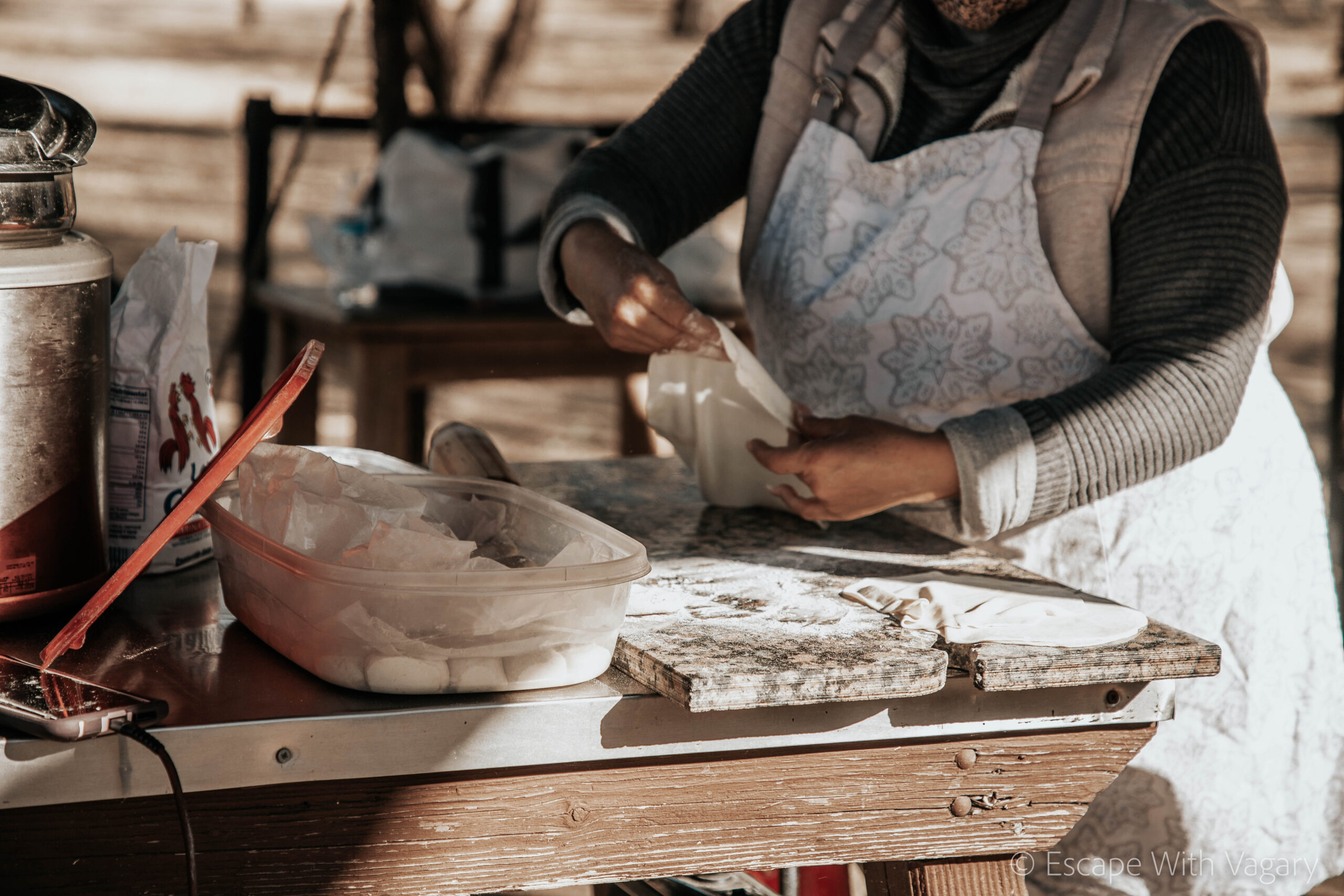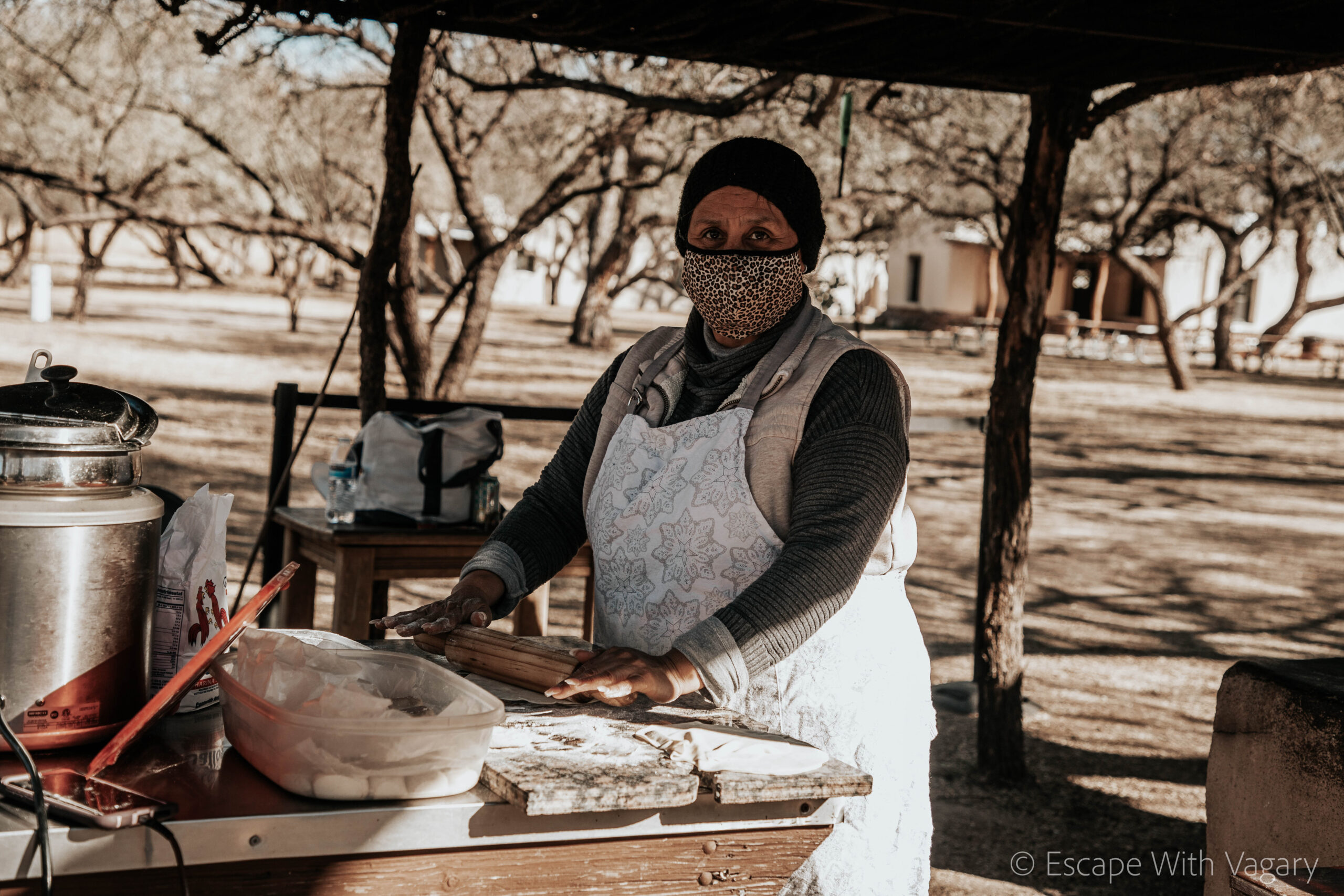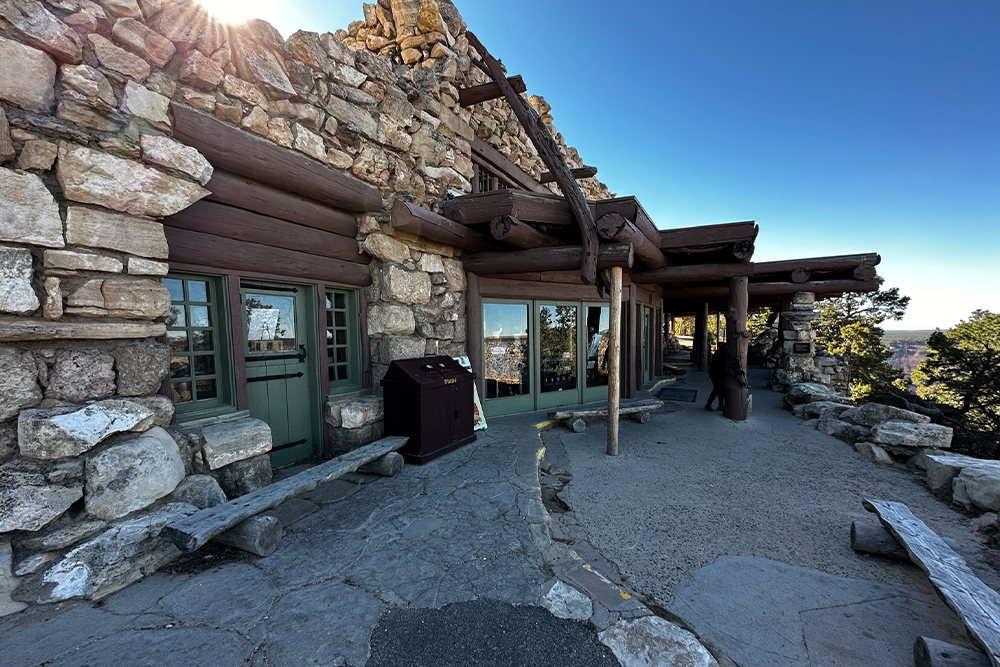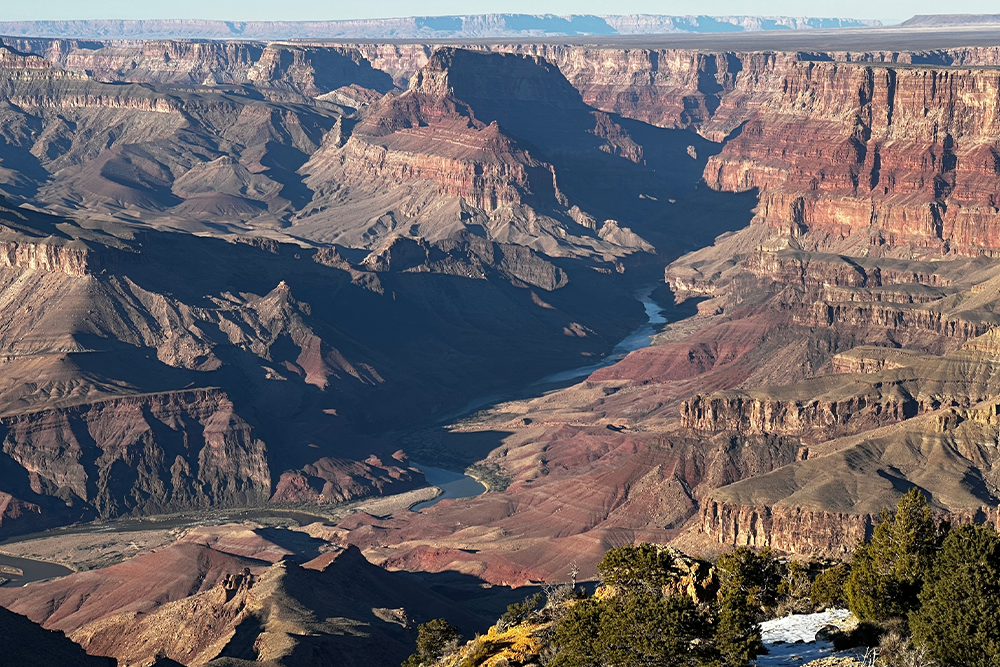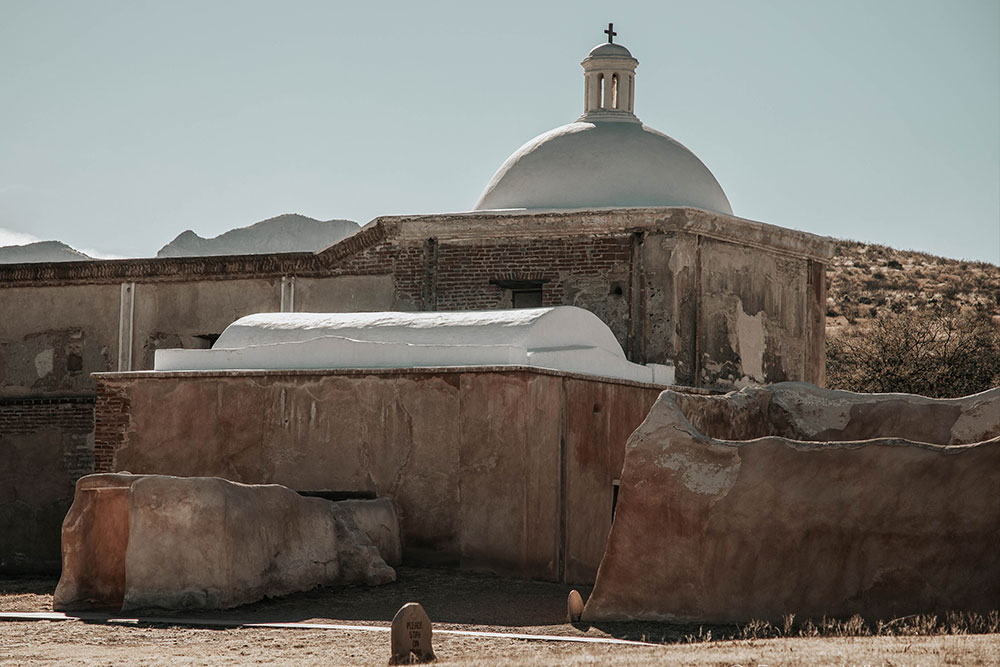
A Taste of Spain in Arizona
By Lauren Wong
Located just 18 miles from the U.S-Mexico border, lies Tumacácori National Historical Park. I’ve never been to Spain, but this park is exactly what I’d imagine it’d look like. The main attraction of this park is the ruins of the 1800s church, the foundation exposing itself from the peeling plaster. The bricks holding up the bell tower stand tall over the church, slightly uneven as they’ve crumbled from age.
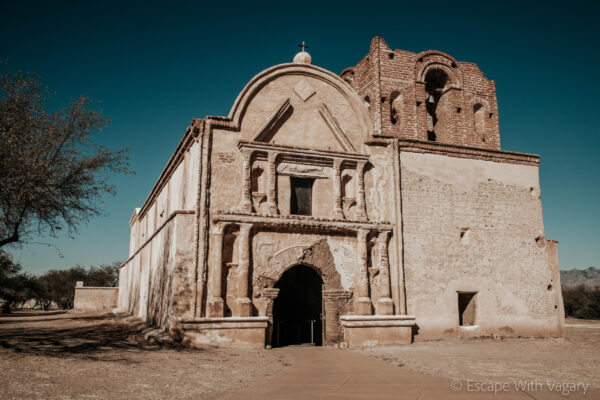
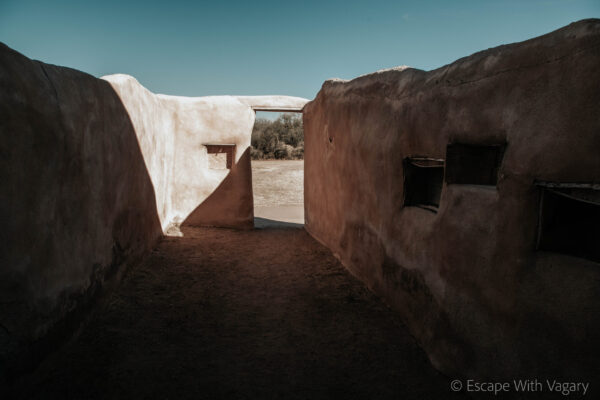
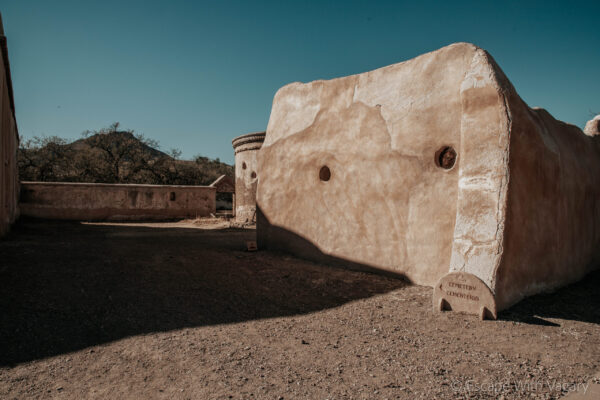
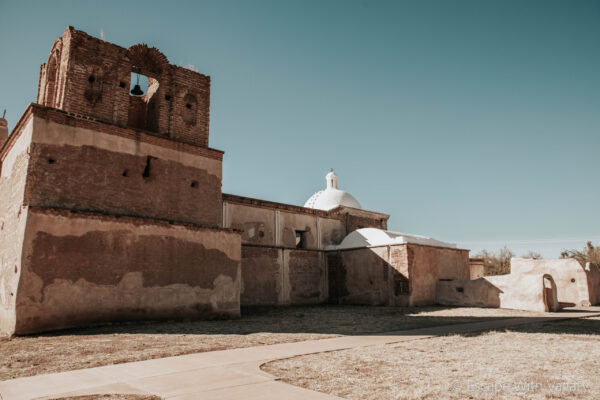

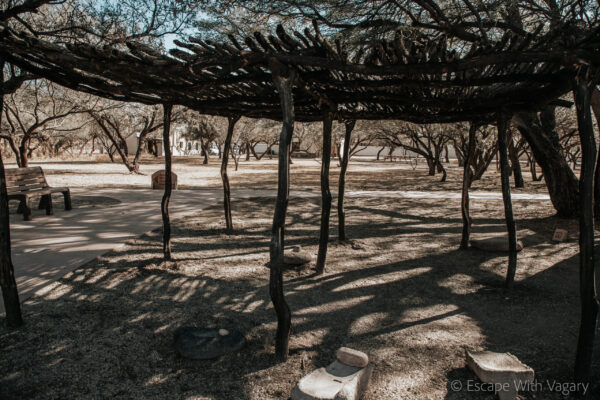
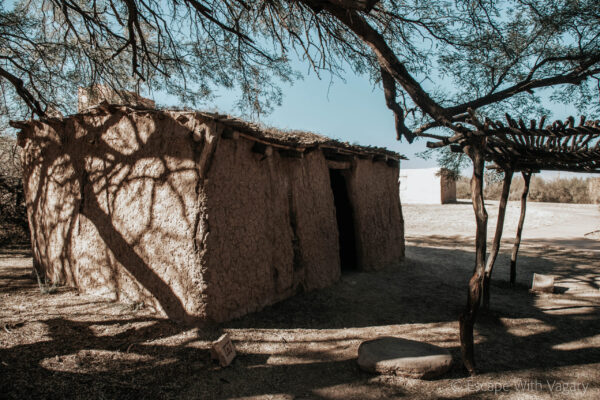
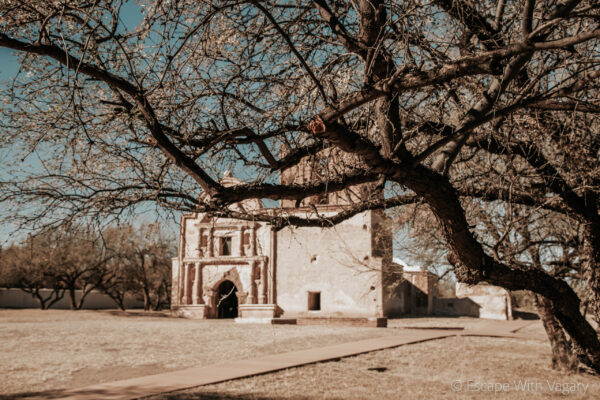

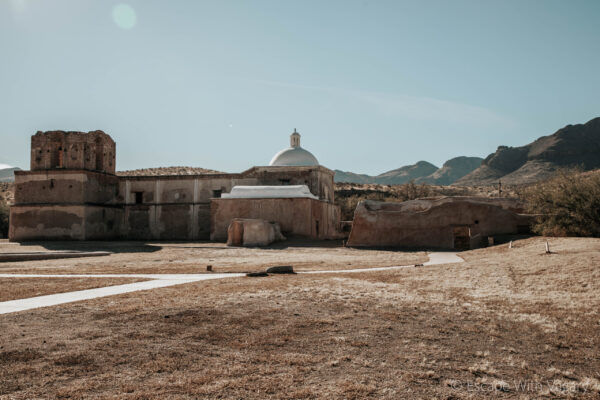
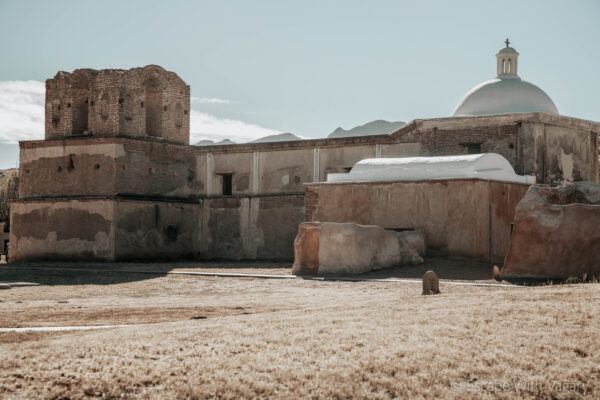
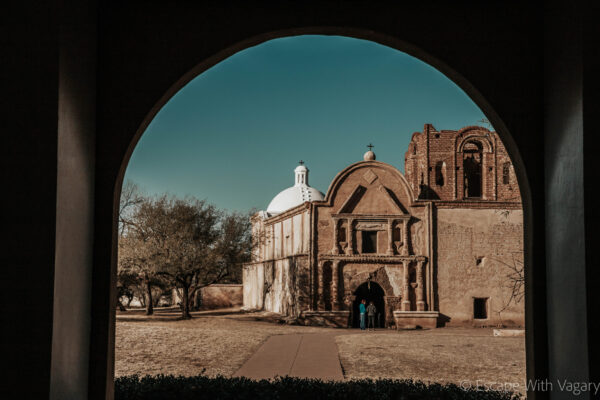
Stepping inside the church is truly like taking a step back in time. There’s paintings of what once was, the blues and reds, once so vibrant, are now dulled and faded from standing and weathering the storm for centuries.
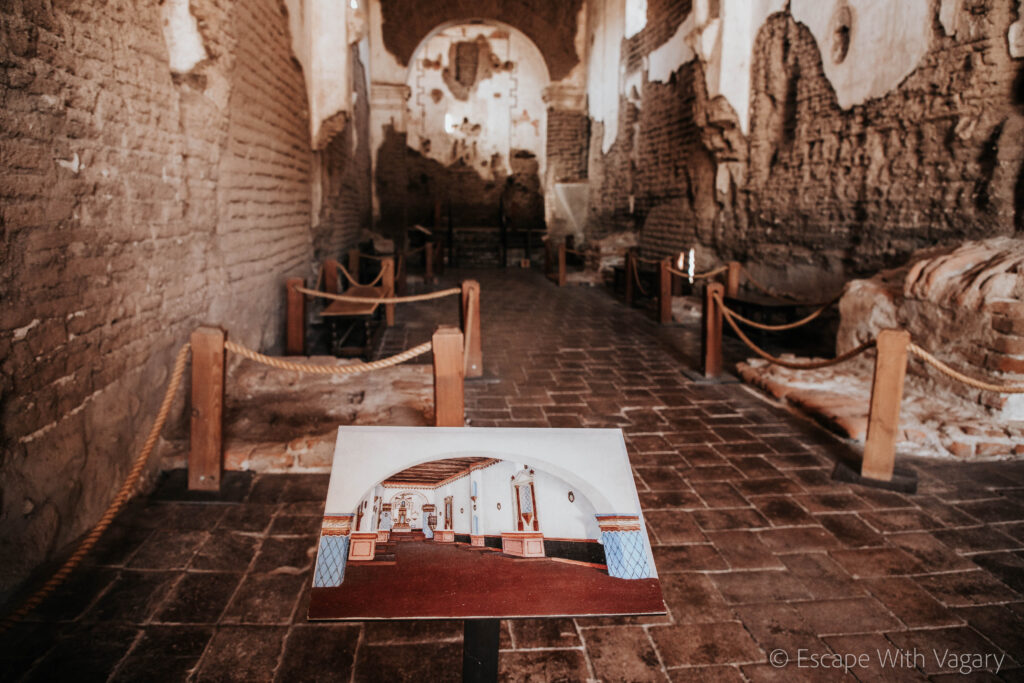
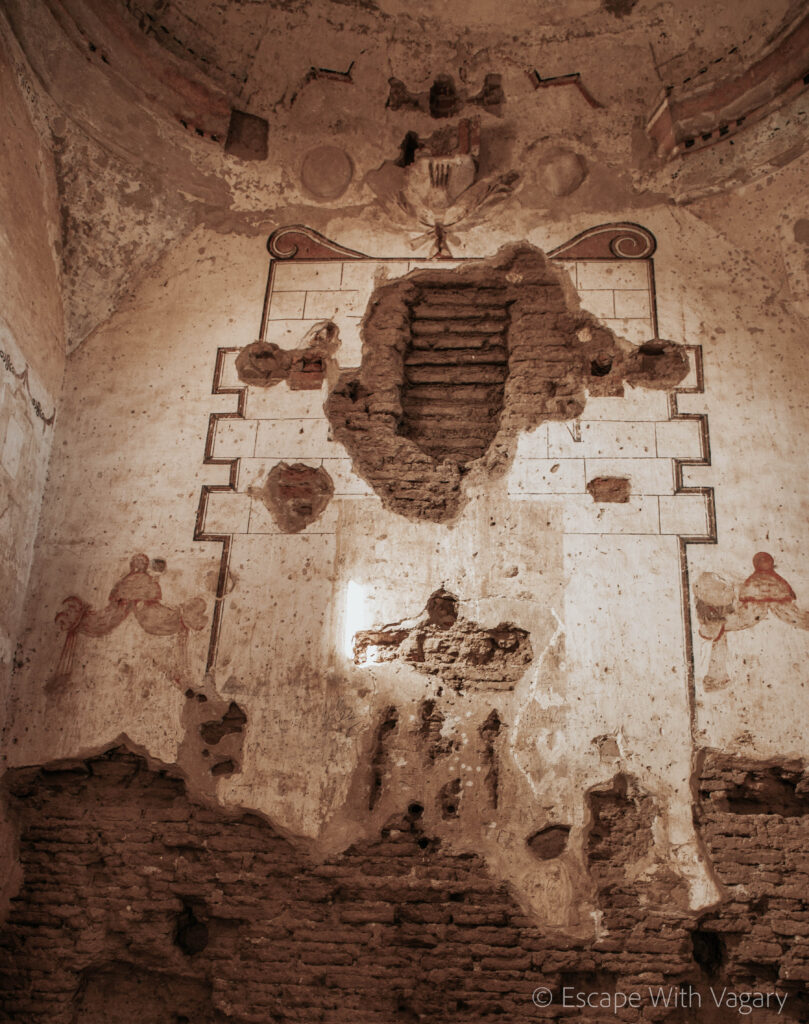

As you make your way throughout the park you’ll be able to match the key of the landmark to your map to learn about it. On your map you’ll be able to find the Mission Model Church, Community Plaza, Church Facade, Bell Tower, Nave, Choir Loft, Baptistry, Sanctuary, Sacristy, Cemetery, Storeroom, Convento Complex, Lime Kiln, Jesuit Church Footprint, Convento Fragmen, Vats, Melhok Ki, Acequia and Compuerta, Orchard, Mesquite Bosque, Anza Trail, Santa Cruz River, Fiesta Grounds, Cooking Ramada, and Courtyard Garden.
I highly recommend taking the short hike to the river on the Anza Trail. As the sun shone down on the water and landscape, the trees were almost glowing white, creating this beautiful contrast between that and the lush, bright, green of the grass on the river bank. I could’ve spent hours there alone just taking in the scenery. I’d say if you’re looking to spend a whole afternoon there, it’s a perfect, quiet, hideaway from the crowds to enjoy a picnic (I wish I had thought of that beforehand).

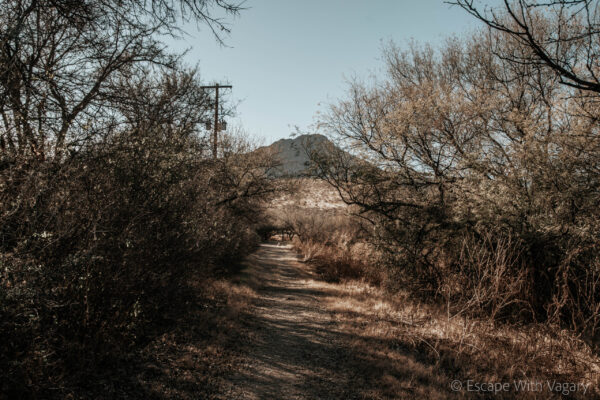

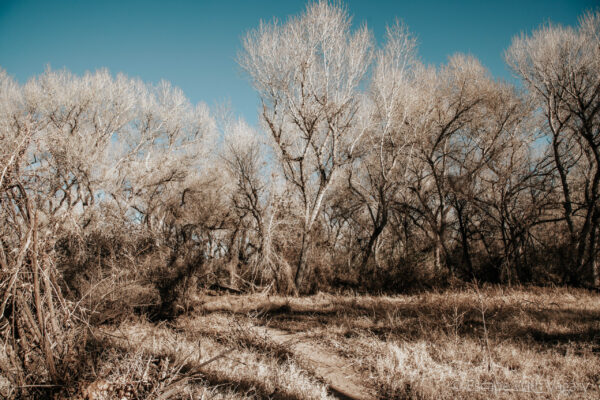
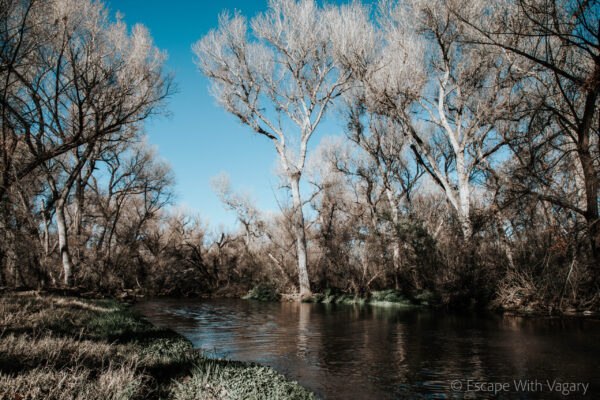
Carmen Espinoza was working the Flour Tortillas Demonstration, making these delicious, authentic tortilla tacos topped with salsa and refried beans. Depending on the time of year you visit, other demonstrations may include paper flower making, O’odham basket weaving, leather working, or iron working. You can check the calendar on Tumacácori’s website to see what will be there on the day you’re planning your visit.
The History:
But now, what makes this park as special as it is, let’s dive into the history. So, before even the Mission church was constructed, this area was occupied by the O’odham. They lived in dome-shaped brush houses and used the land to farm, hunt, and harvest wild plants. It wasn’t until the Spanish priests, soldiers, and settlers moved in (between the late 1600s and mid-1800s) that the church came up and life here changed.
European ideas on building, religion, governance, and community, were bought with the area’s new inhabitants. Some O’odham stayed and adopted these new beliefs. In the 1800-20s the foundation for the church was made, and sometime between then and 1824, the church was ready and dedicated for use.

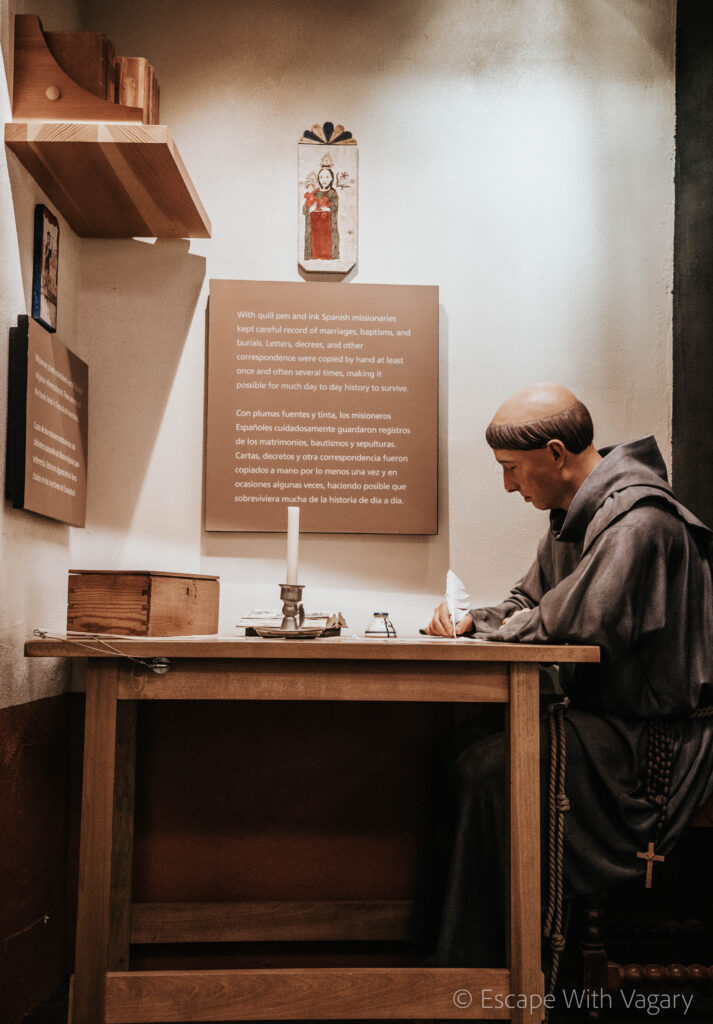
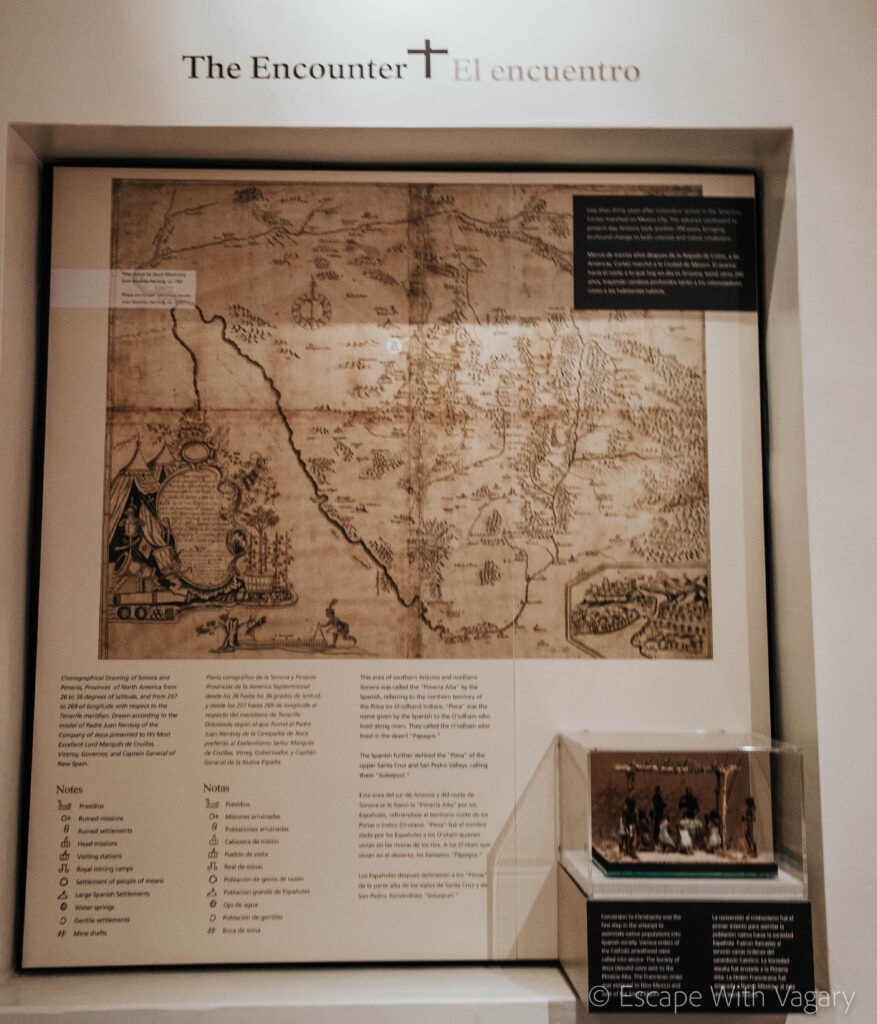
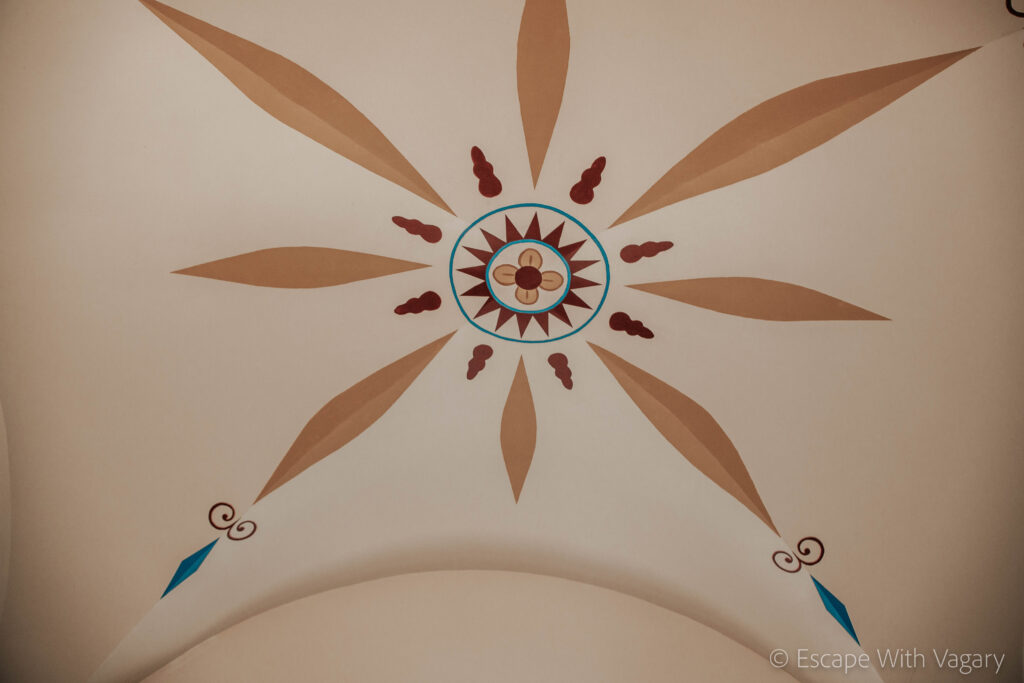
When you visit Tumacácori, you’ll see the foundation remains of other adobe structures, but it’s the church that held up the best. Members of the community would go to Mass every day, working about three days a week to keep the community running. They’d farm, cook, gather wood, tend to the livestock, and stocked a storehouse full of seeds, food, and animal fodder. It’s said that over a few hundred people lived in this tight-knit community.
What amazed me, looking at this church now, centuries later, is knowing just how it was built. The foundation was laid of rocks that they’d carry from nearby hillsides. The walls were formed from courses of mud adobe. The, now peeling, plaster is collected and baked limestone. Lastly, for roof support, they shaped heavy pines that they carried from the Santa Rita Mountains, 30 miles away.
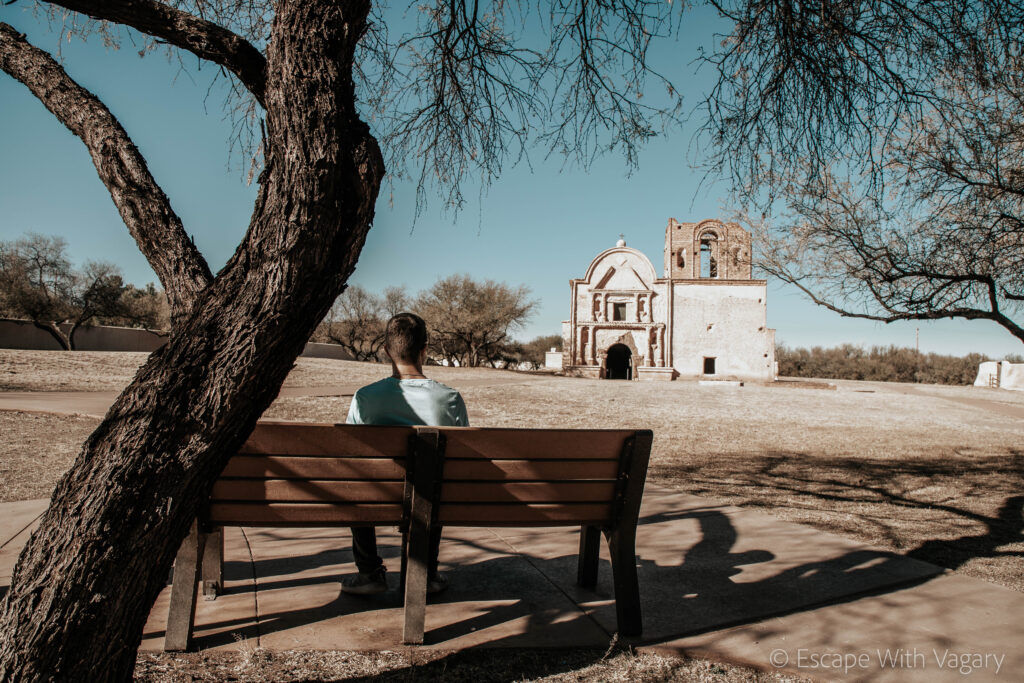
To me, it wasn’t just about the amazing remains that make you feel like you’re transported into Spain, but it’s also envisioning this whole life and community that lived on these very grounds years and years ago.
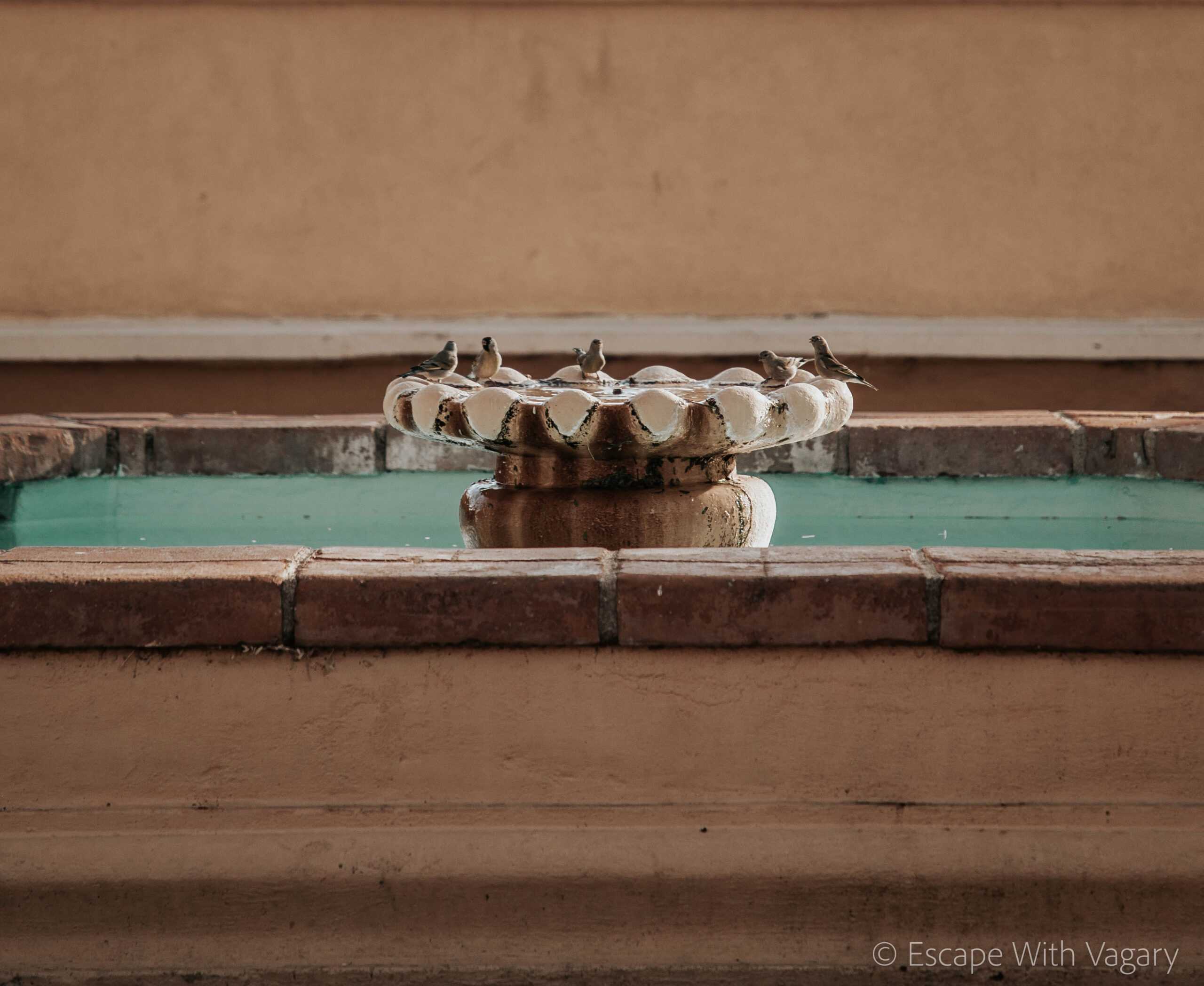
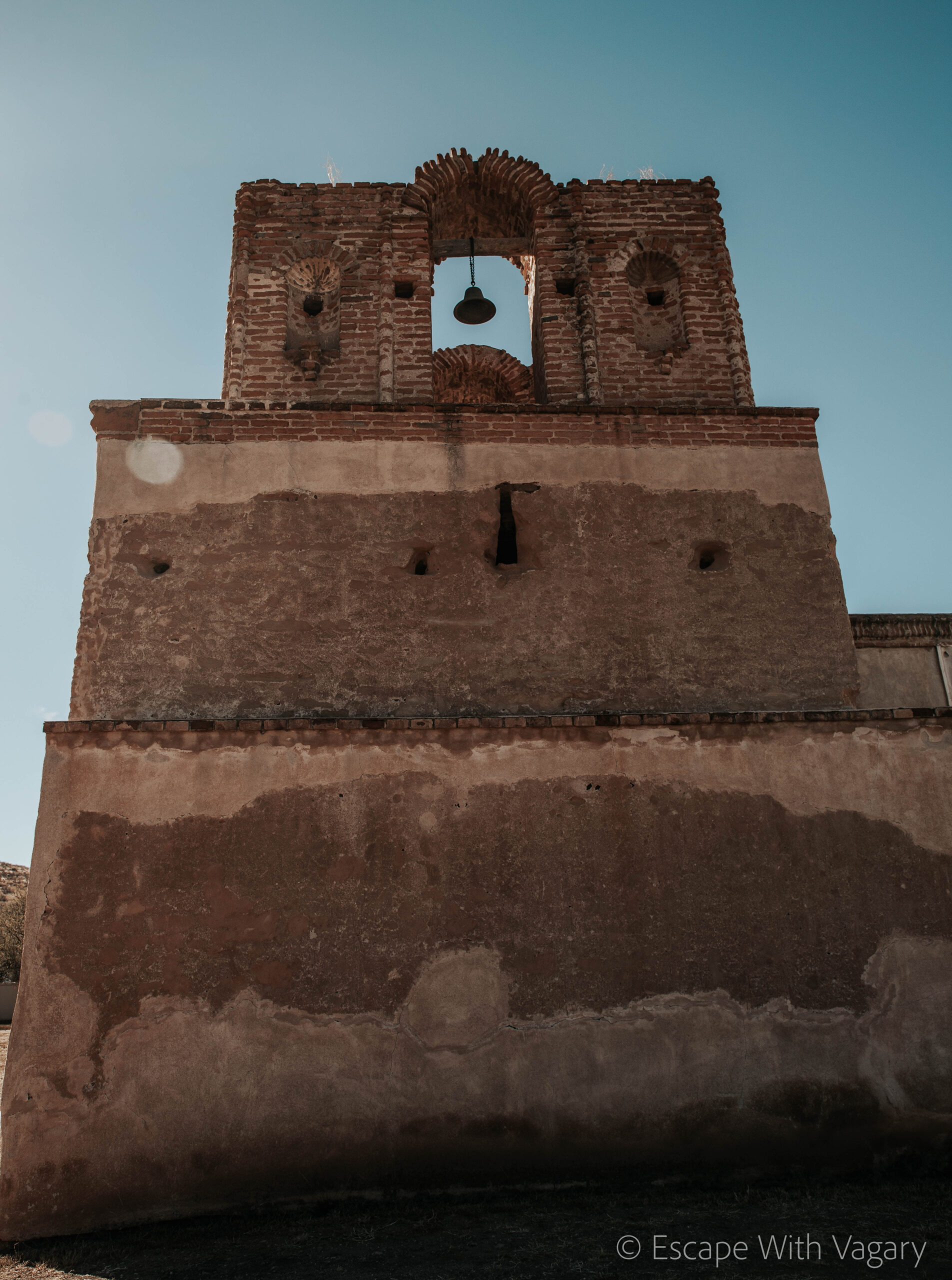

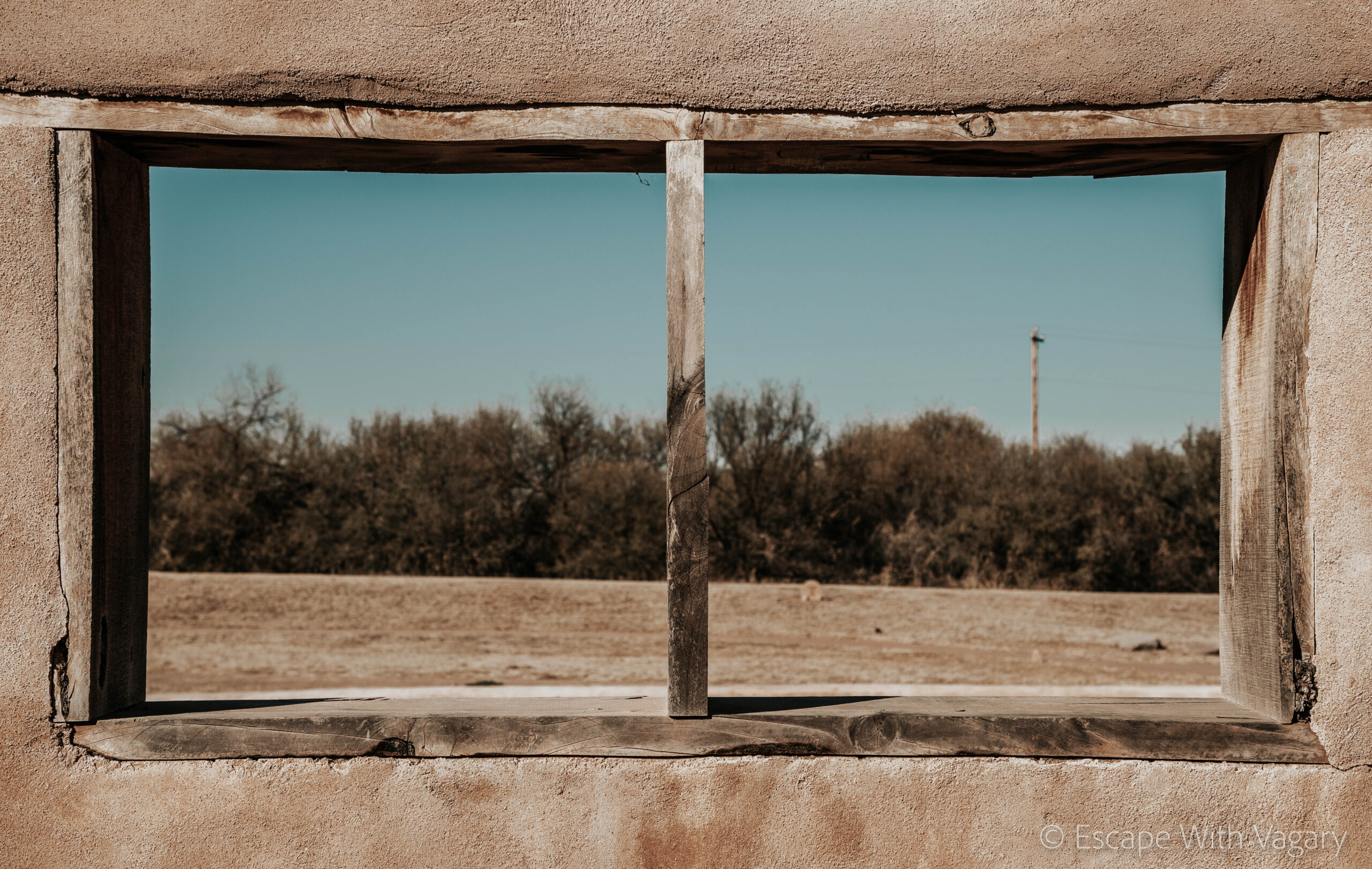


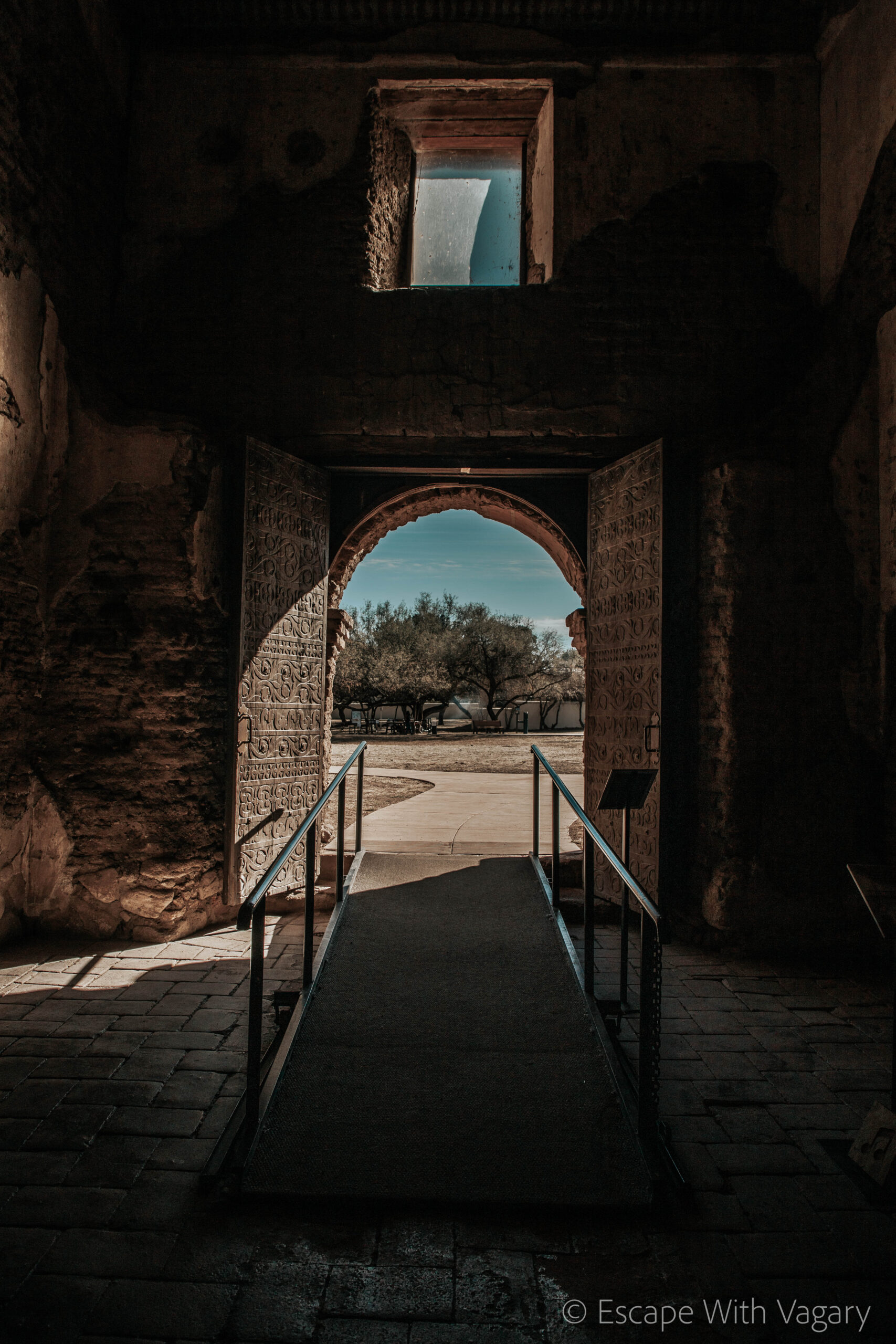
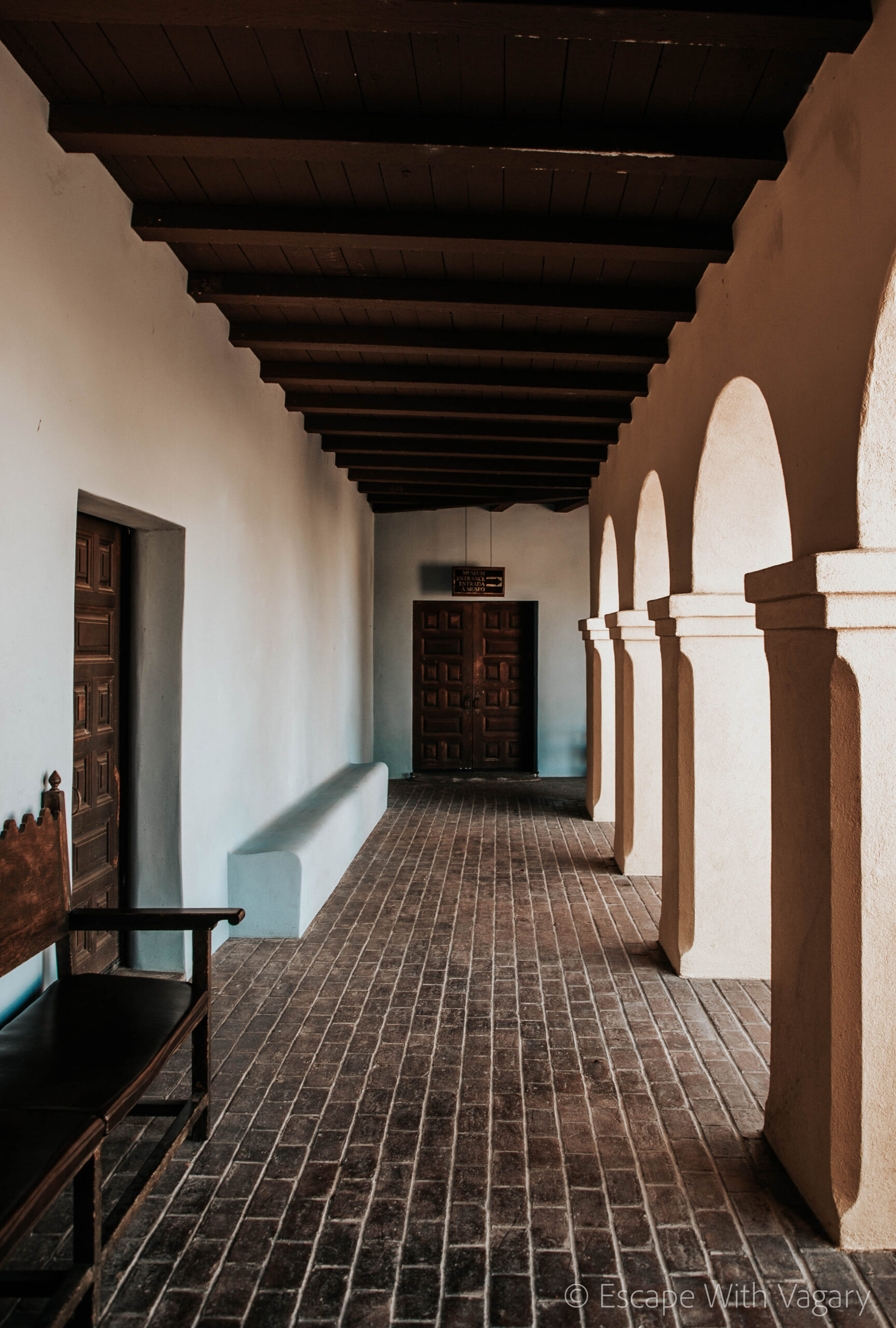

For more information on the history of Tumacácori Historical National Park, or to plan your visit, go to their website.




